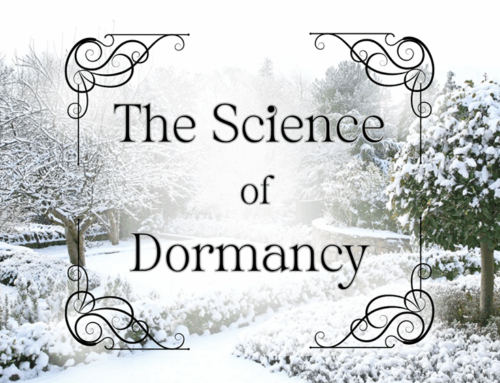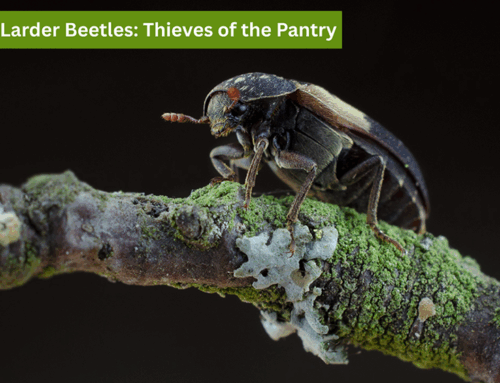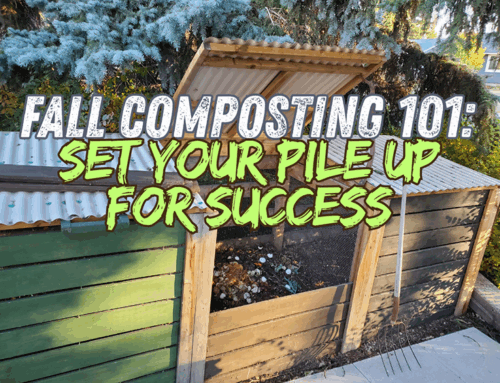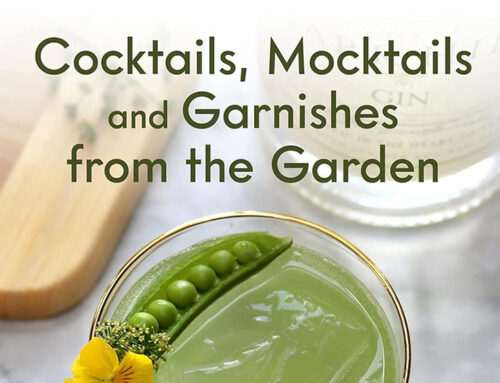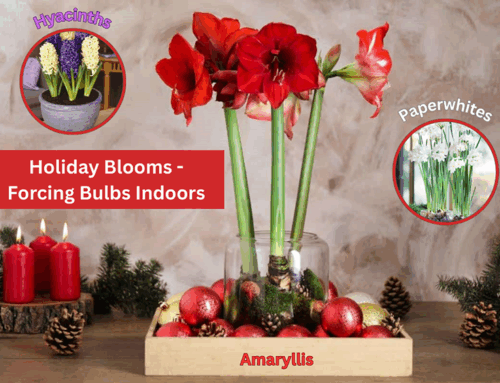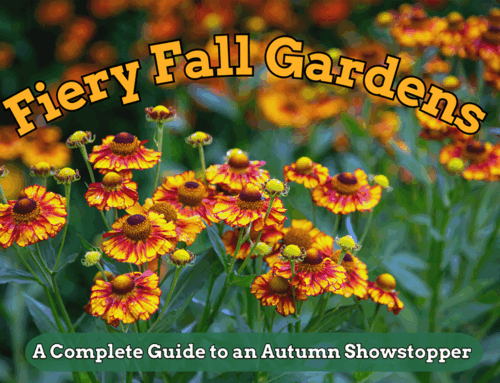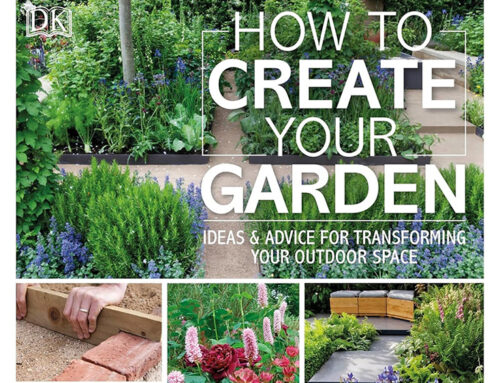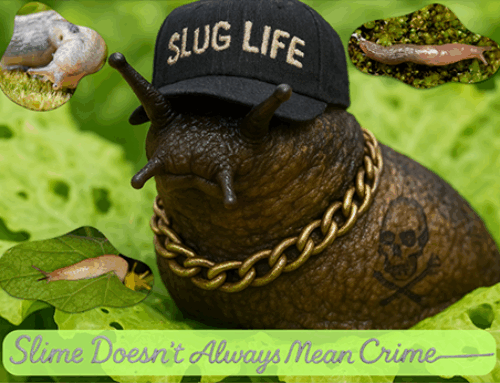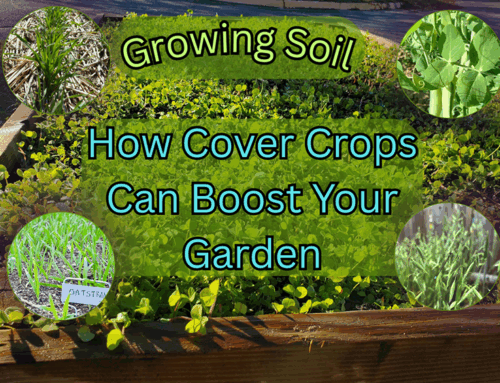Mulch Ado About Something!
by Brett Kerley
Mulching is one of the most beneficial practices in gardening, It offers a multitude of advantages, from moisture retention to weed control. The right mulch can help maintain soil temperature, enrich soil fertility, and create a healthy environment for plants. However, not all mulches are the same, and choosing the right type depends on the specific needs of your garden, climate, and the plants you’re growing. In this article, I’ve explored the different types of mulches available and their benefits and (sometimes!) drawbacks. Every garden is different so you must choose wisely; otherwise it can come at a costly expense.
Organic Mulches
Organic mulches are made from natural materials that decompose over time, enriching the soil with nutrients. These mulches are particularly beneficial for garden soil, as they improve its structure and help retain moisture. However, they need to be replenished periodically as they break down. For example, in my yard, I’ve found that I need a truck-load of 10 to 12 yards of cedar mulch every 3 to 4 years. Each time this costs me approximately $800 including delivery. If you do not care what type of wood mulch you get, you can order from Chipdrop. I’ve never used this service before so I cannot comment on the quality of what you receive, but it’s free!
a) Wood Chips or Shredded Bark

Cedar bark mulch
- Description: Made from wood shavings or bark of trees like cedar, pine, or hardwoods.
- Benefits: Excellent at suppressing weeds and providing a neat, attractive appearance. They decompose slowly and are ideal for ornamental beds or around shrubs and trees.
- Best Use: Ideal for flower beds, tree bases, or paths. Avoid using near vegetables as they can acidify the soil.

Straw mulch
b) Straw or Hay
- Description: Straw is the dried stems of cereal crops, while hay is dried grass, often mixed with seeds.
- Benefits: Lightweight, easy to apply, and great for moisture retention. Straw also helps suppress weeds and provides good insulation for soil.
- Best Use: Ideal for vegetable gardens and around plants that require a cooler soil temperature. Be cautious with hay, as it may contain weed seeds.
c) Grass Clippings
- Description: Freshly mowed grass or dried grass cuttings.
- Benefits: Grass clippings are rich in nitrogen and can quickly break down to add valuable nutrients to the soil.
- Best Use: Excellent for vegetable gardens, but be careful not to apply thick layers, as fresh clippings can compact and form a mat that prevents water from reaching the soil.
d) Compost
- Description: Decomposed organic matter made from kitchen scraps, yard waste, or manure.
- Benefits: Adds essential nutrients to the soil as it breaks down and improves soil structure, water retention, and microbial activity.
- Best Use: Ideal for vegetable gardens or flower beds. It’s perfect for improving soil quality over time.
e) Leaf Mold
- Description: Decayed leaves that have broken down over time.
- Benefits: Improves soil structure and moisture retention, while adding organic material to the soil.
- Best Use: Great for adding to flower beds, around trees, or in vegetable gardens.
f) Cocoa Hulls
- Description: A byproduct of cocoa bean processing.
- Benefits: Attractive, with a sweet scent, cocoa hulls decompose quickly and add nutrients to the soil. However, they are toxic to dogs, so they should be avoided in pet-friendly gardens.
- Best Use: Great for flower beds or ornamental gardens but not recommended where pets may ingest them.
g) Peat Moss
- Description: Harvested from peat bogs.
- Benefits: Retains moisture and improves soil structure. It’s acidic, making it great for acid-loving plants such as azaleas, rhododendrons, and blueberries.
- Best Use: Ideal for specific plants that require acidic soil.
Inorganic Mulches
Inorganic mulches are made from synthetic or non-biodegradable materials. Unlike organic mulches, these mulches do not break down or enrich the soil but are excellent for long-term weed control, moisture retention, and decorative purposes.

Brown rubber mulch
a) Rubber Mulch
- Description: Made from recycled rubber, often from old tires. These can come in many colours to suit your needs, but they can be very expensive to buy.
- Benefits: Durable, long-lasting, and effective at controlling weeds and retaining moisture. Rubber mulch doesn’t decompose, so it won’t need replenishing.
- Best Use: Ideal for playgrounds, pathways, or around trees and shrubs. However, it’s not suitable for vegetable gardens due to its non-biodegradable nature.
b) Gravel or Pebbles
- Description: Small stones or pebbles used as mulch.
- Benefits: Provides excellent drainage and a decorative look, making it ideal for xeriscaping or dry areas.
- Best Use: Perfect for desert gardens, rock gardens, or paths. It can be challenging to manage in areas where plants need regular water. This year I purchased limestone crush to surround my raised veggie beds. I first placed a layer of contractors grade landscape fabric down followed by 3 to 4 inches of the crush. It’ll be quite a few years before I hopefully see any weeds come through. Only weeds that have blown in, which I can easily hoe the gravel or burn with a propane torch.
c) Landscape Fabric
- Description: A permeable fabric made from synthetic fibers.
- Benefits: Effective at controlling weeds while allowing water and air to reach the soil. It is durable and does not need replacement unless damaged.
- Best Use: Suitable for areas where weed control is critical, such as under shrubs, flowers, or pathways. Check local landscaping companies for better quality contractors grade fabric. I prefer using the woven 5oz fabric. I only use fabric under pathways, I never bother with it on planted areas, as I find the weeds will still get through and it becomes more of a hassle when planting new plants.
Living Mulches

Clover as a living mulch
Living mulches consist of plants that naturally act as mulch by covering the soil and providing many of the same benefits as traditional mulches. These plants can be particularly beneficial for controlling weeds, improving soil health, and promoting biodiversity.
a) Clover
- Description: Low-growing, fast-spreading ground cover plants.
- Benefits: Clover fixes nitrogen in the soil, enriches it naturally, and acts as a living mulch that suppresses weeds.
- Best Use: Ideal for vegetable gardens or flower beds. It’s especially useful for areas where other mulches may be impractical, such as sloped terrain.
b) Creeping Thyme
- Description: A low-growing herb that forms a dense mat.
- Benefits: Acts as a ground cover that prevents weeds and requires little maintenance once established. It also attracts pollinators and has a pleasant fragrance.
- Best Use: Perfect for herb gardens, between stepping stones, or in areas where you want a fragrant, low-maintenance option.
How To Use Mulch In Your Garden
To use mulch effectively, start by clearing away any weeds or debris and giving the soil a good drink of water. Then spread a 2–4 inch (5–10 cm) layer of mulch evenly over the soil surface, keeping it a couple of inches away from plant stems and tree trunks to prevent rot and pests. Organic mulches like shredded bark, leaves, straw, or compost will slowly break down, enriching the soil as they go, while inorganic options like gravel or rubber mulches offer a more permanent solution. Mulch helps lock in moisture, regulate soil temperature, and keep pesky weeds at bay — but don’t forget to top it up through the season as it decomposes or gets disturbed. Think of it as a cozy blanket for your plants, keeping their roots comfortable and your garden looking tidy.
I prefer to order my mulch in bulk, either early fall (my preference) or as the snow disappears in the spring. During the summer it can be more difficult because most plants are up and so you’ll have to work around them!
Final Thoughts
Choosing the right mulch for your garden can greatly enhance the health and appearance of your plants. Organic mulches like wood chips, straw, and compost are ideal for improving soil health, while inorganic mulches such as gravel or rubber are low-maintenance and durable. Living mulches, like clover or creeping thyme, provide natural benefits without the need for regular replenishment. Whichever type you choose, mulching will help your garden thrive by conserving moisture, controlling weeds, and enriching your soil.
Soil’s secret weapon? A good mulch makeover. Happy gardening everyone!



